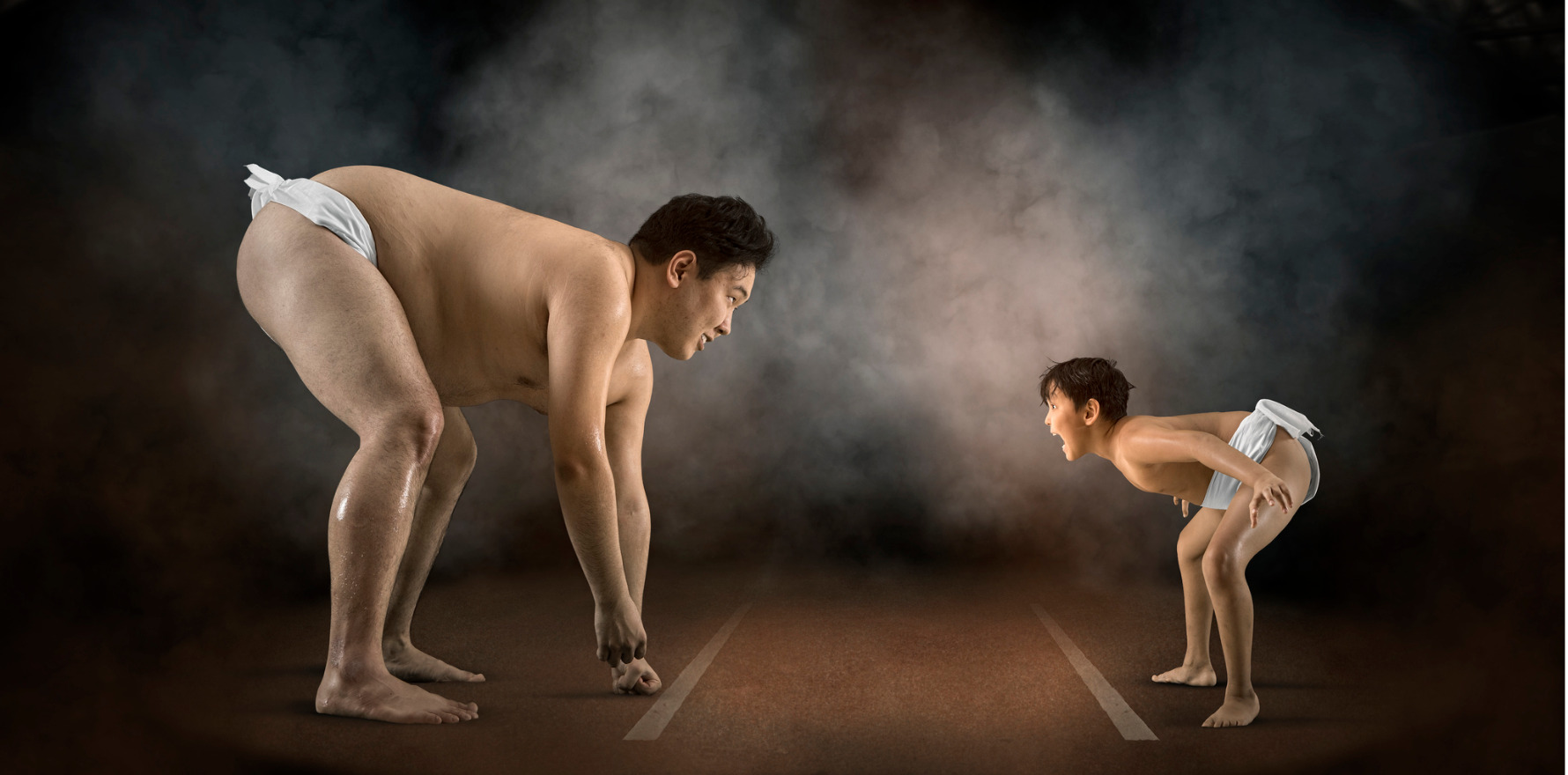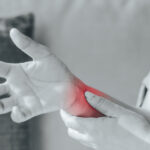A new randomised trial in Lancet Rheumatology examines whether colchicine can match prednisone.
A French study investigating prednisone and colchicine for treating acute calcium pyrophosphate deposition disease has found both are equally effective.
“In this study, done in patients with acute calcium pyrophosphate crystal arthritis, oral colchicine and oral prednisone were assessed as equivalent in terms of pain relief at 24 hours,” wrote the study authors, led by rheumatology professor Tristan Pascart of Lille Catholic University.
To date, a lack of clinical trial evidence has meant treatment of acute calcium pyrophosphate crystal arthritis was extrapolated from gout flare trials. Writing in the Lancet Rheumatology, the authors noted that the study was the first randomised trial in this patient group, and research on treatment options was considered a high priority by experts.
“To our knowledge, this study is the first randomised trial completed in people with acute calcium pyrophosphate crystal arthritis, and is the first head-to-head trial in calcium pyrophosphate deposition disease,” they wrote.
Acknowledging the importance of the trial, Professor Nicola Dalbeth and Dr Sara Tedeschi wrote in a linked comment: “The results of this trial will directly guide decisions about initial treatment for acute calcium pyrophosphate crystal arthritis in clinical practice.”
Investigators at six hospitals in France recruited 111 patients aged 65 or older who were admitted to hospital and presented with acute calcium pyrophosphate crystal arthritis. They were randomly assigned 1:1 to receive either oral colchicine (1.5mg on day 1 and 1 mg on day 2) or oral prednisone (30mg on days 1 and 2). The primary outcome was change in joint pain at 24 hours as measured by visual analogue scale (0mm to 100mm).
The final analysis included 95 patients: 49 in the colchicine group and 46 in the prednisone group. The median age was 88, and the calcium pyrophosphate crystal arthritis affected mainly the knee, followed by wrist and ankle.
The mean VAS at baseline was 68mm. The mean change in the colchicine group at 24 hours was ‑36mm and for the prednisone group was ‑38mm, with the difference in change between groups being non-significant.
Two-thirds of each group (65%) were considered responders, defined as pain VAS improvement of more than 50% from baseline or a pain VAS of less than 40mm on day 2.
Around a third of each group experienced adverse events. Diarrhoea was the most frequent adverse event in the colchicine group, with the authors noting that diarrhoea can lead to dehydration in this age group. Adverse effects in the prednisone group included elevated blood pressure, insomnia, delirium and hyperglycaemia. There were two deaths in the prednisone group, but they were deemed unrelated to the treatment.
“Choice between the two drugs should be guided by comorbid conditions, and given the substantial risk of induced diarrhoea with colchicine, the use of prednisone should be favoured in the absence of specific contraindications,” concluded the authors.
However, Professor Nicola Dalbeth and Dr Sara Tedeschi considered this advice questionable, pointing out that the diarrhoea experienced by patients in the colchicine group was generally mild, while the events experienced by the prednisone group may be of more concern.
Limitations of the trial include the lack of a placebo group, which made it difficult to determine the effect size of the two drugs. The authors pointed out that given the pain involved, including a placebo group would have been unethical. On a similar note, they argued against using a NSAID comparator group as they’re contraindicated in patients over 65.
Another limitation is the potential lack of generalisability to patients in primary care. The study population comprised patients admitted to hospital, many for reasons other than calcium pyrophosphate deposition disease.
Professor Dalbeth and Dr Tedeschi were also concerned about the short duration of treatment and follow up, and lack of reporting on other measures relevant to people with calcium pyrophosphate deposition disease, such as effect on physical function.
“Despite these limitations,” wrote Professor Dalbeth and Dr Tedeschi, “one should recognise that flare trials in crystal arthritis are very challenging, because of the need to identify, screen, and randomise study participants with high pain levels that require urgent anti-inflammatory therapy.”




